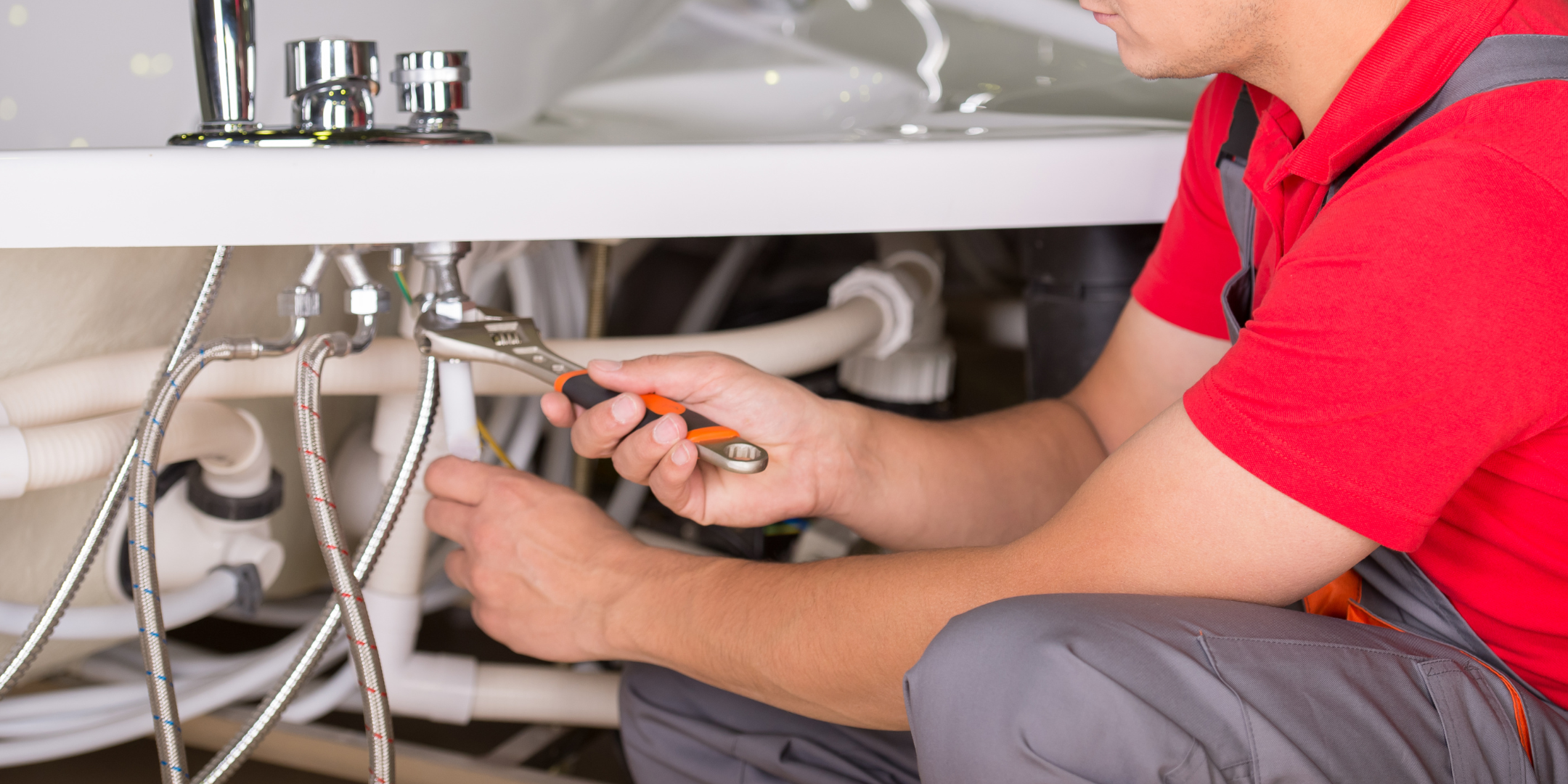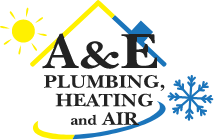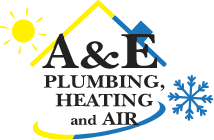
Older homes have charm and character, but their plumbing systems often come with outdated pipes, inefficient fixtures, and potential leaks. A full plumbing replacement can be costly, but there are many affordable ways to modernize your system without breaking the bank.
inefficient fixtures, and potential leaks. A full plumbing replacement can be costly, but there are many affordable ways to modernize your system without breaking the bank.
With over 16 years of experience, we’ve helped homeowners modernize their plumbing without the need for a full system replacement.
By the end of this article, you’ll know exactly how to improve your home’s plumbing with cost-effective upgrades, ensuring better efficiency, lower water bills, and fewer emergency repairs. If you’re considering a larger investment in your plumbing system, you may also want to explore the cost comparison between traditional pipe replacement and pipe lining—but first, let’s look at the smaller, budget-friendly improvements you can make today.
1. Upgrade to Water-Efficient Fixtures
Many older homes still have inefficient plumbing fixtures that waste thousands of gallons of water each year. The average household can save up to 13,000 gallons of water annually by upgrading to high-efficiency models, according to the EPA. Replacing outdated toilets, faucets, and showerheads with modern, water-efficient versions reduces water usage and lowers utility bills without sacrificing performance.
year. The average household can save up to 13,000 gallons of water annually by upgrading to high-efficiency models, according to the EPA. Replacing outdated toilets, faucets, and showerheads with modern, water-efficient versions reduces water usage and lowers utility bills without sacrificing performance.
Best Budget-Friendly Upgrades
- Low-flow toilets: Older toilets use up to 6 gallons per flush, while modern models use as little as 1.28 gallons, saving nearly 16,500 gallons per year for a family of four.
- Water-saving faucets: Installing faucet aerators can cut water use by 30%, saving an estimated 700 gallons per year per person.
- Efficient showerheads: Standard showerheads use about 2.5 gallons per minute, while low-flow options reduce that to 1.5 gallons, lowering hot water costs by $70 annually per household.
Water-efficient fixtures are relatively affordable, often costing $50-$300 per upgrade, and they pay for themselves in as little as a year through reduced water and energy bills.
2. Insulate Your Pipes
Older homes often have uninsulated or poorly insulated pipes, which can lead to significant heat loss, frozen pipes, and rising energy costs. During cold winters, uninsulated pipes can freeze and burst, causing thousands of dollars in damage. According to the Insurance Institute for Business & Home Safety, burst pipes can lead to an average of $5,000 in repairs. Fortunately, insulating your pipes is an easy and cost-effective way to prevent these issues.
frozen pipes, and rising energy costs. During cold winters, uninsulated pipes can freeze and burst, causing thousands of dollars in damage. According to the Insurance Institute for Business & Home Safety, burst pipes can lead to an average of $5,000 in repairs. Fortunately, insulating your pipes is an easy and cost-effective way to prevent these issues.
The U.S. Department of Energy states that insulating hot water pipes can reduce heat loss by 25-45%, allowing water to stay 2-4°F warmer than uninsulated pipes. This means you’ll waste less energy waiting for hot water to reach your faucets, ultimately lowering your utility bills.
Best Budget-Friendly Insulation Options
- Foam pipe insulation: A simple, DIY-friendly solution that wraps around pipes to help maintain water temperature.
- Heat tape or cable: An excellent choice for extremely cold climates, as it provides an extra layer of warmth to prevent freezing. Installing heat cables DIY is an option for the more plumbing-savvy homeowner.
- Pipe wraps: A flexible and affordable insulation method that works well in tight spaces.
Pipe insulation typically costs between $1-$3 per foot, making it a low-cost investment that can prevent expensive water damage and reduce energy waste over time.
3. Install a Whole-House Water Filtration System
If you live in an older home, you may have noticed issues with water quality—such as rust-colored stains, mineral buildup on fixtures, or even an unpleasant taste. These problems often stem from sediment, rust, and hard water, which can strain appliances, clog pipes, and reduce water flow over time. A whole-house water filtration system is a cost-effective way to improve water quality, extend the life of your plumbing system, and protect your home from long-term damage.
mineral buildup on fixtures, or even an unpleasant taste. These problems often stem from sediment, rust, and hard water, which can strain appliances, clog pipes, and reduce water flow over time. A whole-house water filtration system is a cost-effective way to improve water quality, extend the life of your plumbing system, and protect your home from long-term damage.
Many municipal water supplies contain chlorine, sediment, and trace contaminants. According to the Environmental Protection Agency (EPA), the average American household consumes 82 gallons of water per person per day, meaning small amounts of contaminants can accumulate over time. Additionally, homes with hard water, which contains high levels of calcium and magnesium, can experience up to 29% higher energy costs due to scale buildup in water heaters and appliances.
Best Whole-House Filtration Options
- Activated carbon filters: Remove chlorine, sediment, and volatile organic compounds (VOCs), improving taste and odor.
- Water softeners: Reduce hard water buildup that shortens the lifespan of pipes and appliances.
- Sediment filters: Prevent rust, sand, and debris from clogging faucets and damaging plumbing fixtures.
A whole-house water filtration system typically costs $500 to $3,000, but it can prevent costly plumbing repairs and extend the life of appliances like water heaters and dishwashers. Over time, it reduces maintenance costs and improves water efficiency, making it a smart long-term investment for older homes.
4. Upgrade to a Smart Leak Detection System
Water leaks are one of the most expensive and damaging issues a homeowner can face, especially in older homes with aging pipes. According to the Environmental Protection Agency (EPA), household leaks waste nearly 10,000 gallons of water annually, adding unnecessary costs to utility bills and increasing the risk of hidden structural damage. Even a small drip can add up—a single faucet leaking one drop per second wastes over 3,000 gallons of water per year.
Installing a smart leak detection system helps homeowners catch leaks early, reducing the risk of major damage and costly repairs. These systems use advanced sensors and automation to alert you at the first sign of a problem, often allowing you to take action before any visible signs appear.
Key Smart Leak Detection Features
- Leak sensors: Detect water leaks in high-risk areas like under sinks and behind appliances, sending
 instant alerts to your phone.
instant alerts to your phone. - Automatic shutoff valves: Immediately turn off the water supply when a major leak is detected, preventing flooding and water damage.
- Water flow monitors: Track daily water usage, identify unusual patterns, and help detect slow leaks that could otherwise go unnoticed.
Smart leak detection systems typically cost between $200-$600, but they can save thousands in water damage repairs. The average insurance claim for water damage is $11,000, making early detection a worthwhile investment that protects both your home and your wallet.
5. Repair or Reline Aging Pipes
Many older homes have plumbing systems that are decades old, with pipes made of cast iron, galvanized steel, or clay that have started to corrode, crack, or leak.
steel, or clay that have started to corrode, crack, or leak.
Fully replacing these pipes can be extremely expensive, often costing $8,000 to $15,000 or more, depending on the size of the home and the complexity of the system. Fortunately, relining or targeted repairs can extend the life of your pipes without the cost and disruption of a full replacement.
Common Cost-Effective Pipe Repair Methods
- Epoxy pipe lining: A liquid epoxy coating is applied inside the existing pipes to seal leaks and prevent future corrosion, adding decades of life to your plumbing system.
- Slip lining: A slightly smaller, durable pipe is inserted inside the damaged one to reinforce its structure without the need for full excavation.
- Targeted pipe repairs: Instead of replacing entire sections, plumbers can patch leaks and weak spots, addressing the most critical issues while keeping costs down.
Spot repairs and trenchless relining methods typically cost 50-75% less than full pipe replacement, making them a smart choice for homeowners looking to maintain their plumbing system without a major renovation.
If your pipes are extensively damaged, though, it’s worth exploring whether traditional pipe replacement or trenchless lining is the better long-term investment for your home.
Making Smart, Affordable Plumbing Upgrades
Older plumbing systems can be inefficient, costly to maintain, and prone to unexpected failures. However, you don’t need a full replacement to make meaningful improvements. With over 16 years of experience working with older homes, we’ve seen firsthand how small, strategic upgrades can make a big difference in efficiency, longevity, and cost savings.
you don’t need a full replacement to make meaningful improvements. With over 16 years of experience working with older homes, we’ve seen firsthand how small, strategic upgrades can make a big difference in efficiency, longevity, and cost savings.
If your pipes require more than minor fixes, it’s important to explore whether traditional pipe replacement or trenchless lining is the better investment for your home. Understanding the costs and long-term benefits of both options can help you make the best decision for your plumbing system.
Not sure if pipe replacement or trenchless lining is right for you? Compare costs and long-term benefits to make an informed decision in our article, “Comparing Costs: Traditional Pipe Replacement vs. Pipe Lining for Older Homes.”
Daphne Hunt holds a bachelor's degree in English and Mass Communication and has a lifelong passion for writing. She thrives on using her skills to craft compelling pieces that inform, inspire, and connect with readers.
Topics:


